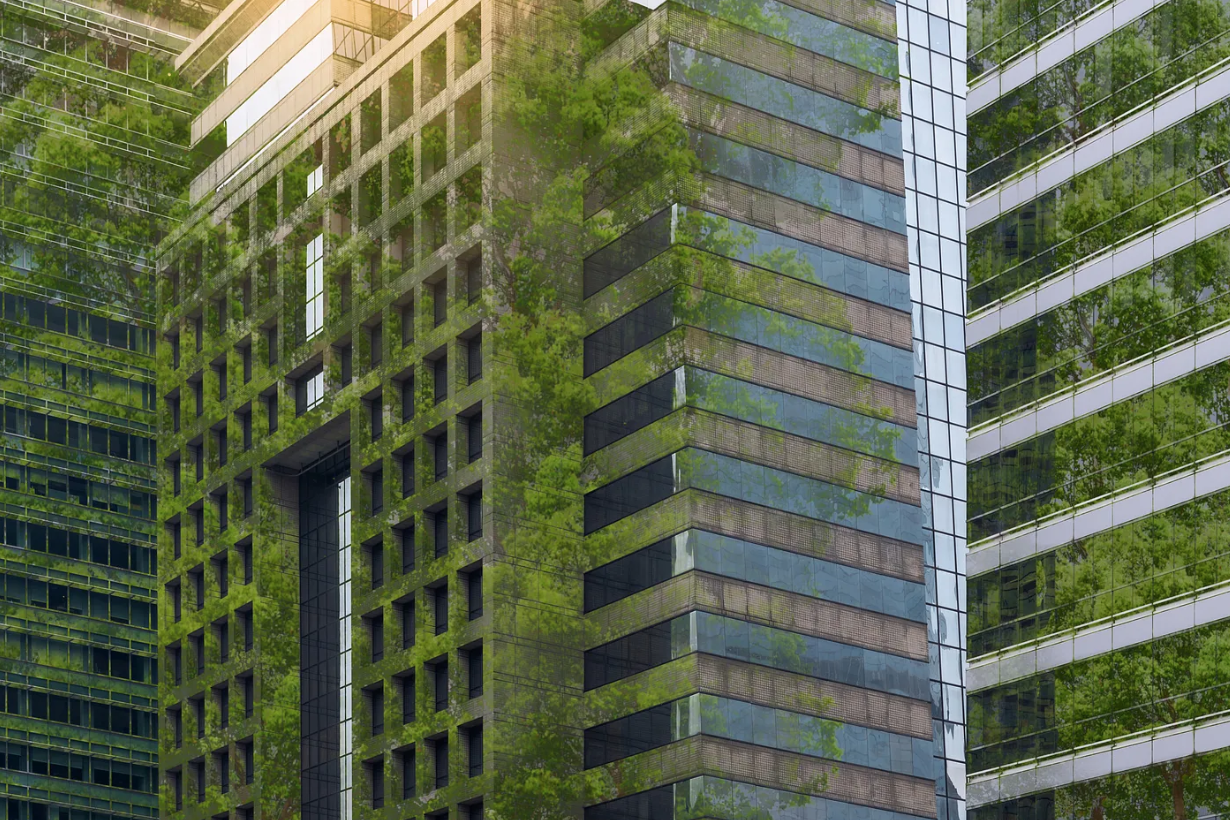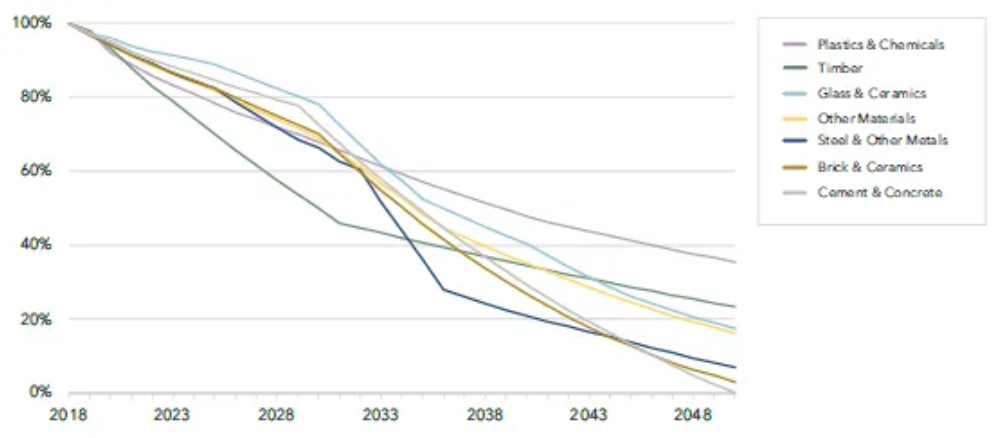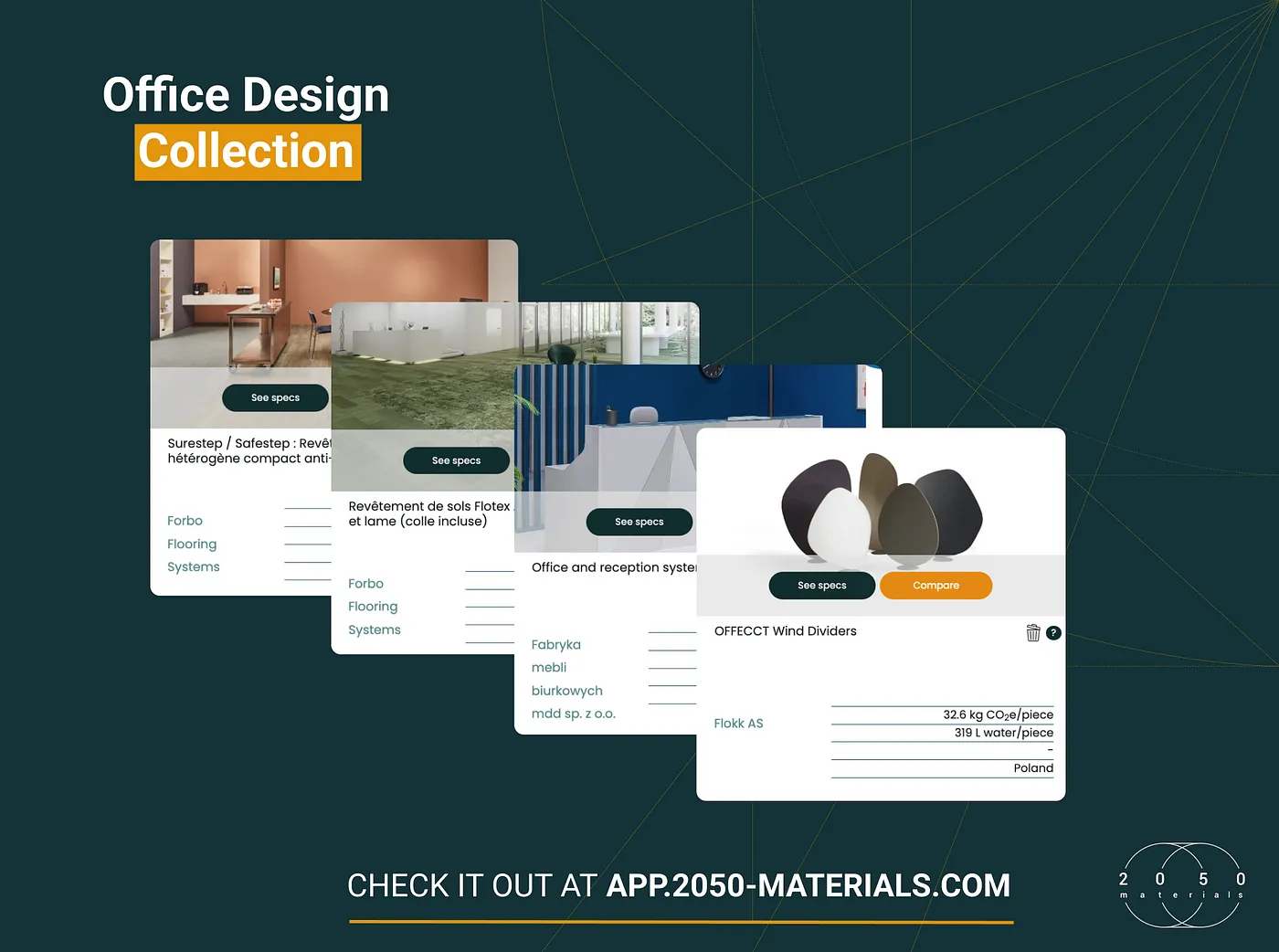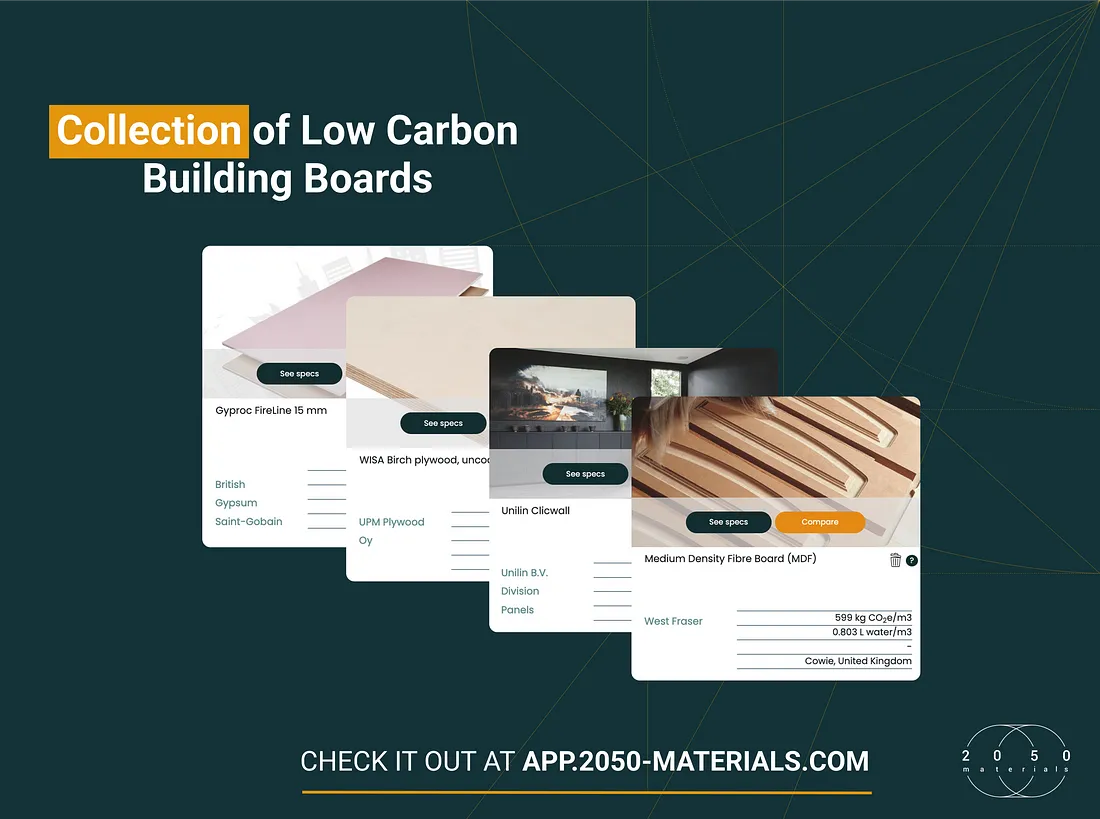Redefining “value” in the value engineering process

If you have ever been involved in a construction project from inception to completion, you probably heard the term “VE” tens, if not hundreds of times.
On pretty much every project out there, of any size, a value engineering exercise has taken place in one form or another. Either formally through a team workshop, or over a phone call with the contractor.
So what is the value engineering process?
By definition, value is the ratio of function to cost. It can be increased by either reducing the cost or improving the function of a certain element, product or service. It is a systemic team brainstorming approach, which allows for the discovery of better performing alternatives.
It generally involves 5 key phases:
- The information phase: Understanding the background and reasoning of the existing design, and why an alternative solution would meet the client’s objectives better, while providing more value.
- The creative phase: A brainstorming session, or many of them. This is where the design team and other team members get creative and look at potential alternative ideas for the elements in discussion.
- The analysis phase: This is the elimination process of impractical creative ideas. All remaining proposals worthy of further evaluation undergo further development, often focusing on other impacts beyond cost such as aesthetics or sustainability.
- The development phase: Here, the remaining ideas evolve into workable solutions, including an outline of pros and cons, sketches, detailed descriptions, cost benefit analyses and so on.
- The presentation phase: A detailed session including the final recommendation to the client for implementation approval.
In construction, value engineering is a powerful tool for quality and cost improvements. It is a process where systems, logistics plans, design strategies and building materials are reviewed, reassessed and substituted to reduce capital costs, without negatively impacting functionality. It is all about looking at the bigger picture through a strong collective team effort, while striving to maximize quality and value for the project.
Unfortunately, sustainability is still a secondary consideration in value engineering exercises today.
 At 2050 Materials, we are democratizing sustainability and enabling environmental impact considerations alongside cost for value engineering exercises, at any project stage.
At 2050 Materials, we are democratizing sustainability and enabling environmental impact considerations alongside cost for value engineering exercises, at any project stage.
Who is involved and when?
Value engineering feeds on collaboration, and it includes most of the project stakeholders throughout all project phases. At every project lifecycle stage, detailed input on value engineering decisions is required from team members with varying expertise and experience, such as:
- The client/owner/investor
- The architect
- The structural/services/sound/fire engineers
- The project manager
- The quantity surveyor
- The contractor, sub-contractors and so on
For example, in the early stages, any changes or improvements in value are highly dependent on the professional consultants and the design team. During the construction phase, however, the contractor needs to be heavily involved and provide advice on the feasibility of any proposed change, as well as the impact it may have on programme and cost.
Value engineering can happen at any time during a project, but as you would imagine the benefits are greatest at the project inception, or early design stages. The need for abortive works or delays can easily reach prohibitive levels for any VE consideration to be effective later on…
 If you want to be proactive and ahead of the game on your project, follow our LinkedIn page to stay up to date with our launch.
If you want to be proactive and ahead of the game on your project, follow our LinkedIn page to stay up to date with our launch.
It’s not all about programme and cost
The construction sector is responsible for 39% of green house gas emissions globally. Decarbonizing the sector is one of the most critical and effective actions on the global climate change mitigation agenda.
Annual global emissions are projected to be 52–58Gt.CO2e by 2030, approximately double to what the planet needs in order to stay below 1.5˚C (ICE, 2021). Obviously, the need for change is real.
Just like value engineering can be utilized to generate improvements between functionality and cost, it can also be used to enhance the sustainability performance of construction projects. In the face of the climate emergency, new regulations and sector targets (also see here) are coming into play, adding a new dimension to the value engineering process.
The embodied carbon of construction materials can reach up to 50% of lifecycle emissions for the average building, yet project teams and clients tend to still view it as a “nice-to-have” consideration. According to a study conducted in Sydney last April, results indicated that by evaluating an alternative structural framing option made of timber during the VE exercise, embodied carbon was reduced by up to to 26%, and even cost was reduced 5%. Timing is key.

Carbon intensity reduction projections per material category, UKGBC 2021
The UKGBC released the Whole Life Carbon Roadmap for the built environment earlier this month, calling for investors and lenders to set embodied carbon targets in project briefs and project funding criteria. It also calls for carbon literacy improvements and more investment in training plans for project teams, both at an educational but also “standards and guidance” level.
At the end of the day, carbon and circularity considerations in value engineering exercises must be comprehended, evaluated and managed by project teams themselves. It’s not all about programme and cost, it’s time to change priorities.
Clearly the environmental benefits are massive when integrating sustainability metrics into value engineering exercises, but by implementing sustainable design practices on their projects, clients also “future-proof” their assets. They gain far greater marketing and competitive advantages integrated within their portfolio, due to societal benefits and compliance.
How can you include sustainability in the VE process?
Project teams need the appropriate tool that enables easy substantiation for the use of natural, low-carbon and climate-neutral materials in lieu of conventional materials and methods.
If you have a new project, or an upcoming VE exercise on your existing project, reach out to us to find out how we can help you find, compare and justify truly sustainable products today.
2050 Materials translates product sustainability data into comprehensible metrics, enabling design and project teams to make informed decisions efficiently, at any stage, while helping the planet.
Stephanos, Co-founder
Related articles

Climate-Resilient Materials for the Built Environment: A Data-Centred Prime
As climate volatility intensifies, resilience metrics are fast becoming as critical as carbon data in material selection. This article outlines why adaptation is now a design imperative, how materials can be evaluated through a systems lens, and what KPIs project teams should demand. From self-healing concrete to fire-rated façades, we present a structured taxonomy of resilient materials, explain how to embed this intelligence into digital design workflows, and propose next steps for specification, benchmarking, and procurement.
Read more
The Most Interesting Low Carbon Products in Office Design
In this article and collection, we highlight 11 outstanding products that contribute to a lower carbon footprint in office design.
Read more
Top Low Carbon Building Boards: Performance, Benefits, and Use Cases
The building boards highlighted in this article and collection showcase low-carbon innovation in modern construction.
Read more